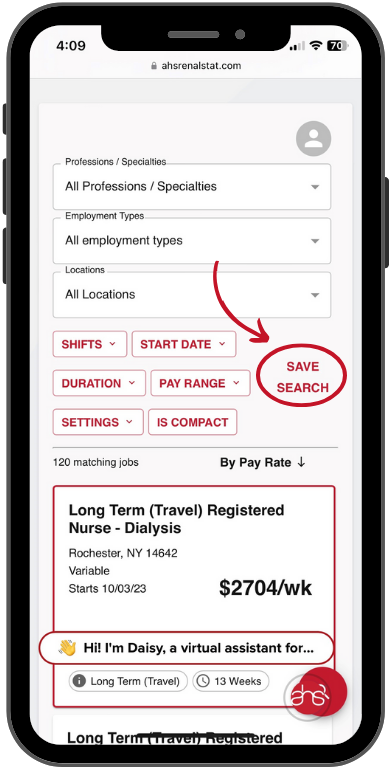At midnight, on December 31, provisions from the Budget Control Act of 2011—better known as the fiscal cliff—are scheduled to go into effect. What does that mean for you? A 2 percent tax increase for those employed, an end of some tax breaks for businesses and high-income earner, and the beginning of taxes related to President Obama’s health care law, to name a few.
Currently, one thing is for sure, the Democrats and Republicans aren’t seeing eye-to-eye, but what else is new?
The major concern for those in medicine is the whole Medicare/Medicaid issue. For some, it may not be a big deal, but for those, like the renal community, who are caring for a good portion of patients on Medicare and Medicaid, there are some concerns in the air.
Policy makers have a few options that they can go with to deal with the fiscal cliff. One is to let the policy kick into action and start in 2013 causing tax increases and spending cuts. The downfall to this might be that the economy would go back into a recession.
A second option is to cut all or a few of the spending cuts and tax increases. If that were to happen, it would only add to the deficit. And the final way “out” is to address the budget issues to a degree. But how does one choose what to cut or increase and how much to do it by?
Back to the Medicare issue. One proposal that has been looked at on the Hill is the change in Medicare age from 65 to 67, which would save $148 billion through 2021. Some may think that it’s a great idea, while those who are approaching that golden age of 65 are having a problem with it because that’s adding two more years of their hard work. I know I would not be a happy camper if all this time I was excited to have the ability to use Medicare to only find out that it may not be happening.
Looking closer at the dialysis situation, clinics and physicians, as well as patients should pay attention to what is happening and be concerned.
“Medicare and Medicaid is a big part of the federal budget and their rate of expanding growth is higher than the rate of growth of other expanses. It’s a real problem,” said LeAnne Zumwalt, VP of Government Relations for DaVita. ” What they are saying now is that for every person retiring, and there’s about 10,000 people retiring every day, you’re going to draw out dollars. You are drawing out $3 for every dollar you put in, that’s why you hear that Medicare and Medicaid aren’t sustainable, because if you are retiring today, for every $3 you use in health care costs you only put in $1 to the system an so it doesn’t work.
So basically, you can’t spend more money than you are making, and that is technically what is happening right now. Maybe this should have been thought over before we as a country started overspending.
One way is to look at every system, hospitals, providers and home health, and cut payments from one specialty and give it to the next, Zumwalt said.
“It’s just money from one pocket to the other, in terms of Medicare providers,” she said. “That’s what they are likely to do again this year. So how dialysis fits in is we, like other providers, are likely to get a cut to our reimbursement rate to pay for this physician cut.”
The problem with that is that dialysis is a Medicare program with 80 percent of patients in the Medicare system. Looking at hospitals, one-third of patients are Medicare patients.
“So if there is a one percent cut to them and one percent cut to us, they are having a 33 percent of the people they serve where in our case it’s cutting 80 percent of the people we serve,” Zumwalt said. “We are concerned that the members of Congress need to realize that cuts have disproportionate cuts to programs because of the percentage of patient that are in the Medicare program.”
The Medicare Payment Advisory Commission (MedPac), reviews each Medicare program each year.
“One way, I’m not saying the only way, but one way they can tackle this by looking at those Medicare programs that have high margins and start with those programs as a method to pay for the physicians therefore equalizing the Medicare margins across the program,” she said. “We [dialysis clinics] have a very low Medicare margin, so you shouldn’t start with us. You should start with those who have a high margin.”
In addition to the problems the physicians are facing, patients should be concerned as well. Most of these patients are on Medicare. Medicare patients and dialysis clinics already lose money.
“If there are major cuts to the bundle payment it absolutely could have an impact on patients access to care,” Zumwalt said.
In a few short weeks we will be able to tell where we stand, what decisions will be made, what cuts will occur and what taxes will be increased. For now, it’s time to play the waiting game while Congress and President Obama decides our fate.
Read entire article at RenalBusinessToday.com


